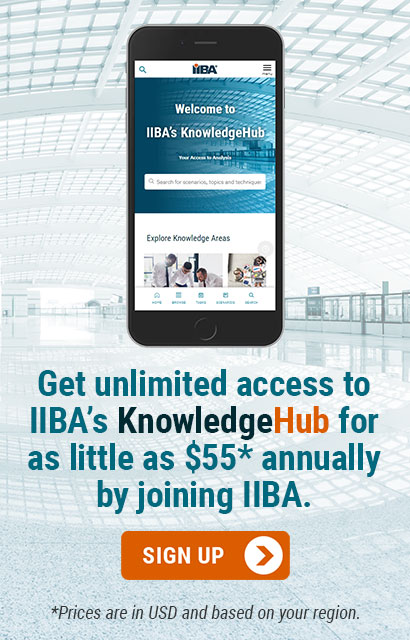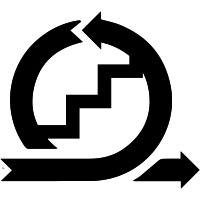
4. Performing Business Analysis
4.2 Approaches to Your Work
The Business Analysis Standard
Business analysis professionals can perform their work in different enterprises, organizations, and environments. Each may require different policies and procedures, methodologies, and standards.
In addition to intentionally developing a mindset that empowers their approach to work, business analysis professionals begin most initiatives with the intentional selection of the approach that best applies to the outcome that needs to be produced.
There are three approaches to enable change in an enterprise:
- Predictive
- Adaptive
- Hybrid
Each approach can be valuable depending on the context for the change. It is important to understand how to create value with any of these approaches.
|
Step-by-step |
4.2.1 Predictive ApproachPredictive approaches start with a plan. They are considered predictive because they try to identify all the information needed to create the desired value.
|
|
Learn and adapt |
4.2.2 Adaptive ApproachAdaptive or iterative approaches focus on delivering value in small, prioritized increments.
|
Refer to the BABOK Guide: Perspectives — Agile Perspective — Approaches for information on various Agile approaches.
|
Use what works best |
4.2.3 Hybrid ApproachHybrid approaches describe work in an organization where:
|
In some cases, an approach will be imposed on the team. Whenever the business analysis professionals can choose the approach, they should consider:
- Using a predictive approach where the work is:
- Well-defined
- Heavily regulated
- Relatively straightforward, or
- Can be completed sequentially
- Using an adaptive approach when a solution is being built to:
- Address business needs that are complex
- Find solutions for poorly defined challenges
- Deal with uncertainty, or
- Manage emerging needs as the solution is being built
- Learning how to create value using any of the approaches

























